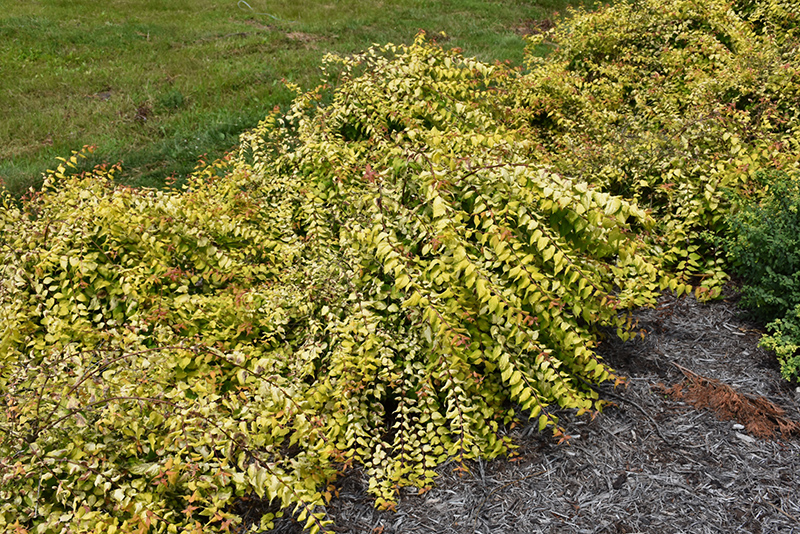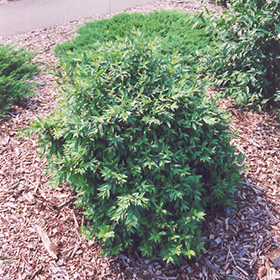Description
Growth & Care
| USDA Plant Hardiness Zone | 4a |
| Growth Rate | Fast |
| Recommended Pruning Method | Prune After Flowering |
Foliage
| Foliage Type | Deciduous |
| Fall Color | Orange |
| Plant Form | Upright Spreading |
| Foliage Markings | Tips |
Flowers
| Flower Period | Spring |
| Flower Color | Pink |
| Flower Fragrance | Unscented |
Additional Categories
| Additional Category | Beautybush |
| Landscape Application | Massing, Garden |
Details
Planting & Growing
Dream Catcher® Beautybush will grow to be about 8 feet tall at maturity, with a spread of 6 feet. It tends to be a little leggy, with a typical clearance of 2 feet from the ground, and is suitable for planting under power lines. It grows at a fast rate, and under ideal conditions can be expected to live for approximately 30 years.
This shrub does best in full sun to partial shade. It is very adaptable to both dry and moist locations, and should do just fine under average home landscape conditions. It is not particular as to soil type or pH. It is somewhat tolerant of urban pollution. This is a selected variety of a species not originally from North America.
Landscape Attributes
Dream Catcher® Beautybush is a multi-stemmed deciduous shrub with an upright spreading habit of growth. Its average texture blends into the landscape, but can be balanced by one or two finer or coarser trees or shrubs for an effective composition.
This shrub will require occasional maintenance and upkeep, and should only be pruned after flowering to avoid removing any of the current season's flowers. It is a good choice for attracting hummingbirds to your yard, but is not particularly attractive to deer who tend to leave it alone in favor of tastier treats. It has no significant negative characteristics.
Dream Catcher®: Beautybush is recommended for the following landscape applications:
Mass Planting, General Garden Use
Ornamental Features
Dream Catcher® Beautybush features dainty pink trumpet-shaped flowers with buttery yellow throats along the branches in late spring. It has attractive coppery-bronze-tipped yellow foliage which emerges gold in spring. The pointy leaves are highly ornamental and turn an outstanding orange in the fall.





